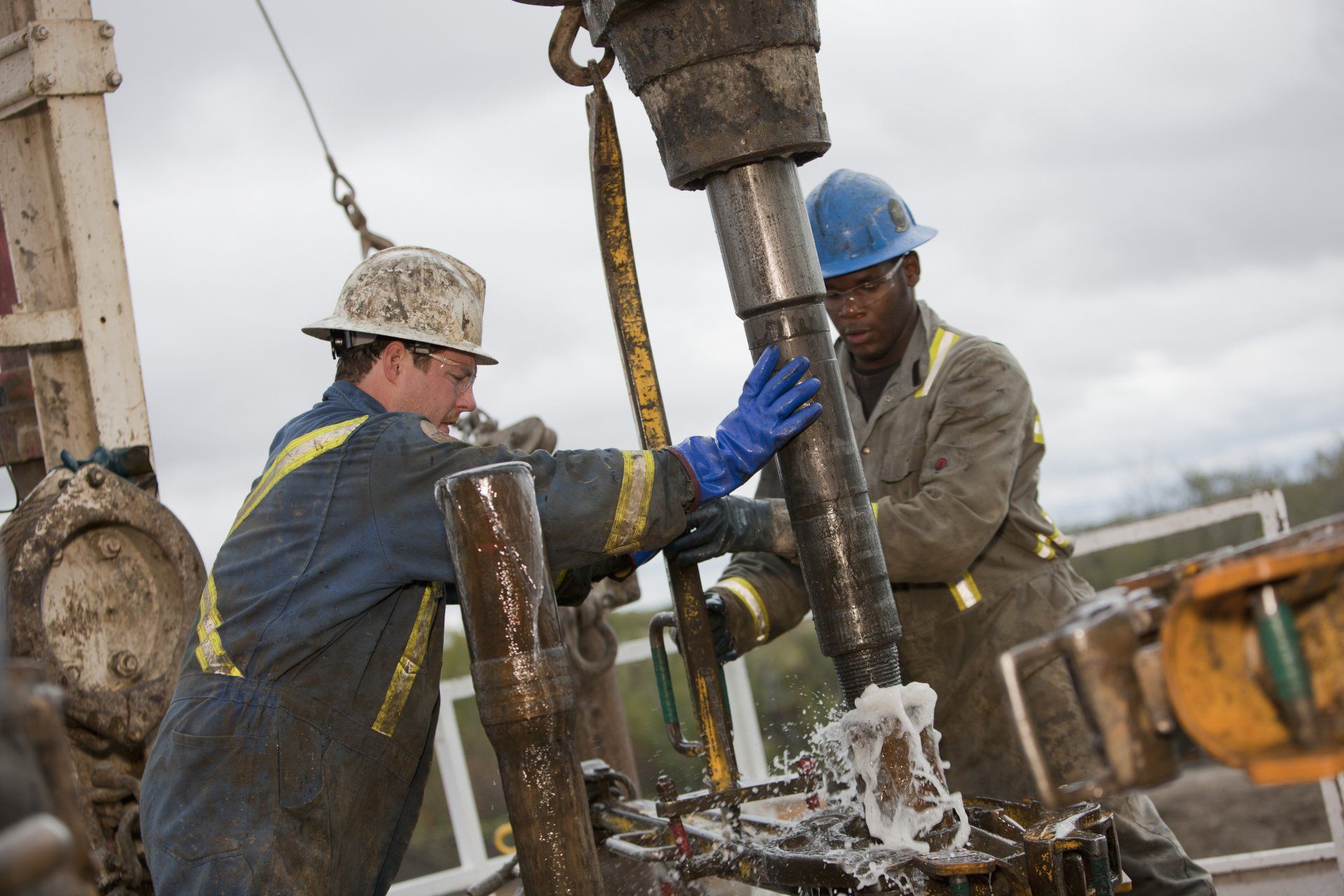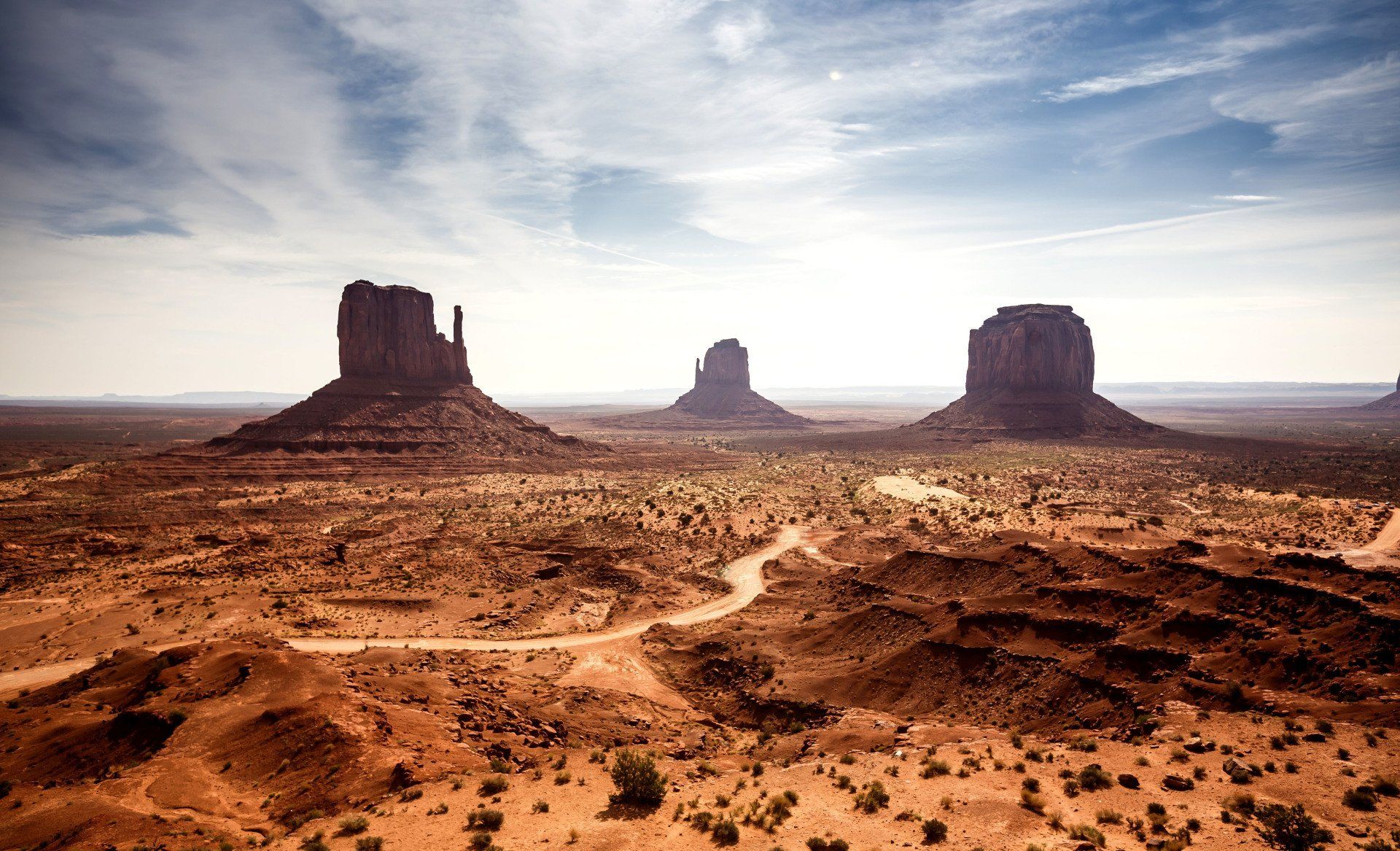The Future's Path is Paved to Today
Rock River Minerals | March 6, 2020
Building Lasting Legacies Through Mineral Divestment
Philanthropy Through Divestment
Beyond personal financial goals, mineral rights and royalty divestment can help you reach your financial goals for family, friends, community and more. Why wait to leave behind your legacy, when you can use it to benefit loved ones today?
Gift your children or grandchildren a debt-free education. Give your daughter with the wedding of her dreams. Ensure aging relatives will be taken care of and provided for. Your legacy is in your hands. Mineral divestment can help you start putting it to use sooner rather than later and we can help.
With a straightforward and honest process, we avoid the need for middlemen, annual fees and commissions. We work with your financial and legal advisors to help you make an informed decision that suits your needs.
Estate Planning Through Divestment
The most important part of building any estate is laying a strong foundation. Knowing the value of your mineral assets and the best time to sell can strengthen that foundation. Mineral and royalty divestment can help you achieve long-term, generational wealth.We can provide a valuation showing the projected production of your mineral assets. Combining that with your production history, we can quantify just how much your assets could be worth. With decades of industry experience and current market insight, we can help you make the best decision for your family’s future.
The best plan for tomorrow is the one you devise today. Make your plan now with the information you need and advisors you trust to ensure your legacy.
Building Lasting Legacies Through Mineral Divestment
Mineral rights and royalty divestment can help build your legacy and lower your tax burden. Below we’ve answered some of the most common divestment tax questions to help you make an informed decision.
To get more information or request an evaluation of your mineral and royalty interests, complete our valuation form or call us at (432) 262-1478.

The Permian Basin in West Texas and New Mexico has rapidly become the largest source of new oil reserves in the United States. Drilling activity in the region is dominated by hydraulic fracturing, or frac’ing, which enables operators to access previously unreachable hydrocarbon resources located in tight shale rock formations. The tremendous upsurge in oil and gas drilling in the Permian has created challenges for operators in the region due to the difficulties they can face acquiring sufficient supplies of water for drilling and in managing the “produced water” generated by the drilling process. Frac’ing involves injecting large amounts of water, along with proppants such as sand and some chemical additives, into shale rock formations, opening up fractures to release the trapped oil and gas found there. A single frac’d well, on average, can use from 500,000 to 700,000 barrels of water – equal to more than 21 million gallons. As production continues to expand in the Basin, operators tend to use larger drilling pads to serve multiple wells, as well as extend lateral lengths to improve well yields. These tactics increase the demand for supplying, transferring, storing, and maintaining water at the location of each pad.

Hydraulic fracturing, commonly called frac’ing, is a completion technique in oil and gas operations that uses a high-pressure mixture of water, sand and chemical additives to unlock hydrocarbon resources such as oil and gas. The frac’ing process is mainly used in shale formations, where tight underground rock structures make traditional methods of producing oil and gas uneconomic. Frac’ing can be defined as a well stimulation process designed to maximize underground resource extraction. The process typically includes drilling a particular formation, casing the formation, completion or stimulating the well using water from the surface, producing the well, and disposing of waste from its operation. It is commonly used in conjunction with horizontal drilling to reach energy deposits that could not be accessed via traditional vertical drilling methods.
